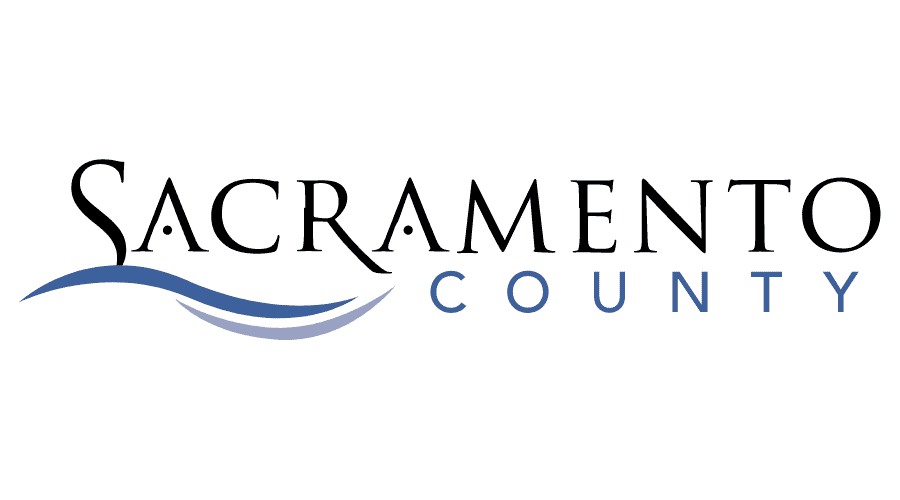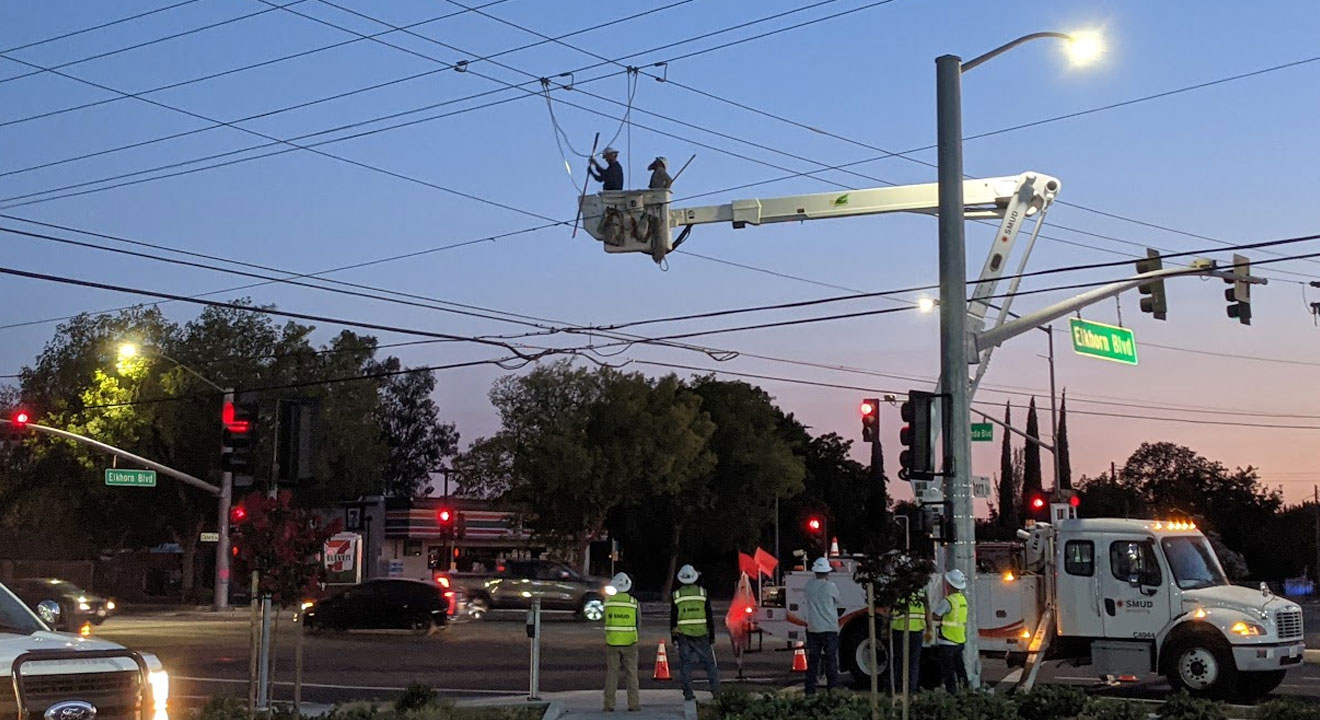The Sacramento County Board of Supervisors, at its Dec. 12 meeting, approved recommended budget priorities based on the results of a survey of County residents. The Board also approved the General Fund Contingency Policy.

The public opinion survey, conducted by a professional public opinion firm, was conducted in October and November of 2023. The survey was a follow-up to the County’s first public opinion survey in 2021, which was conducted so the County could develop budget priorities based on public input.
The results of the 2023 survey were remarkably similar to the results in 2021, with focus areas such as homelessness and road improvements identified as priorities.
The recommended priorities for the use of General Fund discretionary funds in the FY 2024-25 budget are:
- Complying with the County’s legal, financial, regulatory and policy obligations, including providing mandated services, ensuring collection of revenues, and complying with the General Fund Reserve policy.
- Optimizing the use of County resources, with budgeted service levels for County programs informed by community priorities, improving effectiveness and efficiency where possible, and limiting the extent to which reductions in dedicated revenue are backfilled with discretionary resources.
- Funding new or enhanced programs that focus on the most critical and urgent needs, with the following priority focus areas identified in the survey of County residents:
- A Countywide focus area of addressing homelessness, its impacts, and contributing factors, including the cost and availability of housing, mental health services and substance abuse treatment.
- An unincorporated focus area of improving the condition of roads.
Survey Preparation
The professional polling firm conducted focus groups of County residents in November 2022. Key overall findings of the budget priorities focus groups generally aligned with the 2021 survey results. The central, top-of-mind concern was homelessness, and participants associated many overlapping issues with this concern, including substance abuse, mental health, blight and illegal dumping, the quality of the parks, housing costs and crime. Another top concern was infrastructure, with a particular focus on significant road improvement.
Additionally, while participants prioritized helping children and seniors, poverty and food insecurity were not seen as urgent problems.
Survey Methodology
The firm conducted surveys through telephone and online interviews with 1,061 respondents, with a margin of sampling error of ±3.1% at the 95% confidence level. The survey was available in 10 languages, including English.
Survey Audience
Of the 1,061 respondents surveyed, residents were drawn from communities in proportion to the County’s adult population by age and gender and came from a mix of educational backgrounds and household incomes.
More than half of the respondents identified with a race or ethnicity other than white, and more than one-quarter indicated they spoke a language other than English at home regularly.
More than two in five respondents personally experienced homelessness or knew someone who had.
Survey Results
Survey result highlights include:
County Context: The top concern survey respondents wanted the County to address, by far, was homelessness. Of the respondents identified, 58 percent reported homelessness as the most important problem (compared to 53 percent in 2021). The second and third categories were crime/safety/drugs at 18 percent and housing/affordable rent at 15 percent (both were at 13 percent in 2021).
Infrastructure/road repairs was in the fourth category at 8 percent (same in 2021) cost of living/inflation was fifth at 7 percent (versus 5 percent in 2021).
Road conditions are a bigger issue in the unincorporated areas than the cities, with 66 percent of residents in the unincorporated areas citing road conditions as an extremely or very serious problem.
Resident Priorities for the County Budget: Low levels of homelessness and crime, the fair and transparent administration of elections and adequate protection for vulnerable children were seen as keys to making Sacramento County a good place to live. Residents also valued enough good, well-paying jobs for local residents and accessible mental health services.
Less important to residents were adequate retail and shopping opportunities and low levels of incarceration.
Residents were also broadly satisfied with waste disposal, County parks and libraries. Majorities were satisfied with public transportation and preparation for public health emergencies.
However, four in five residents were broadly dissatisfied with homelessness prevention. Addressing homelessness, affordable housing and mental health services were areas that people highly value but see the County as falling short.
Allocating the County Budget: Residents were asked to imagine they are in charge of the County budget and were asked how they would prioritize County spending in six broad areas.
On average, residents allocated more funding to reducing homelessness and public safety than other areas. Infrastructure maintenance came in third, followed by services for children, seniors and families, economic development such as job creation, and parks and environmental protection.
For City of Sacramento residents, homelessness was a higher priority than in the unincorporated areas and other cities. Homeowners were slightly more likely to prioritize homelessness, safety and infrastructure.














